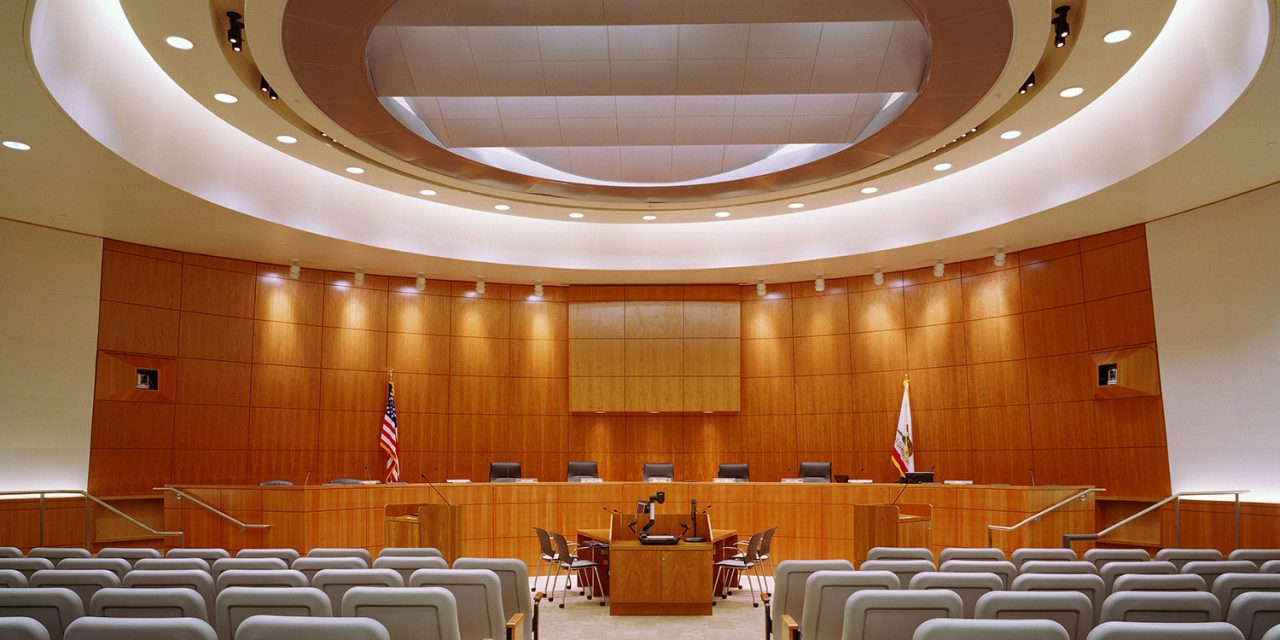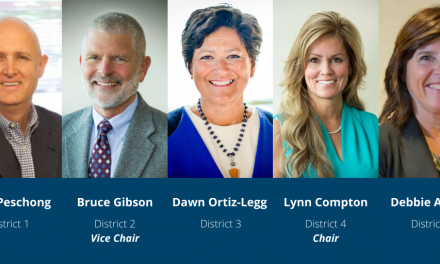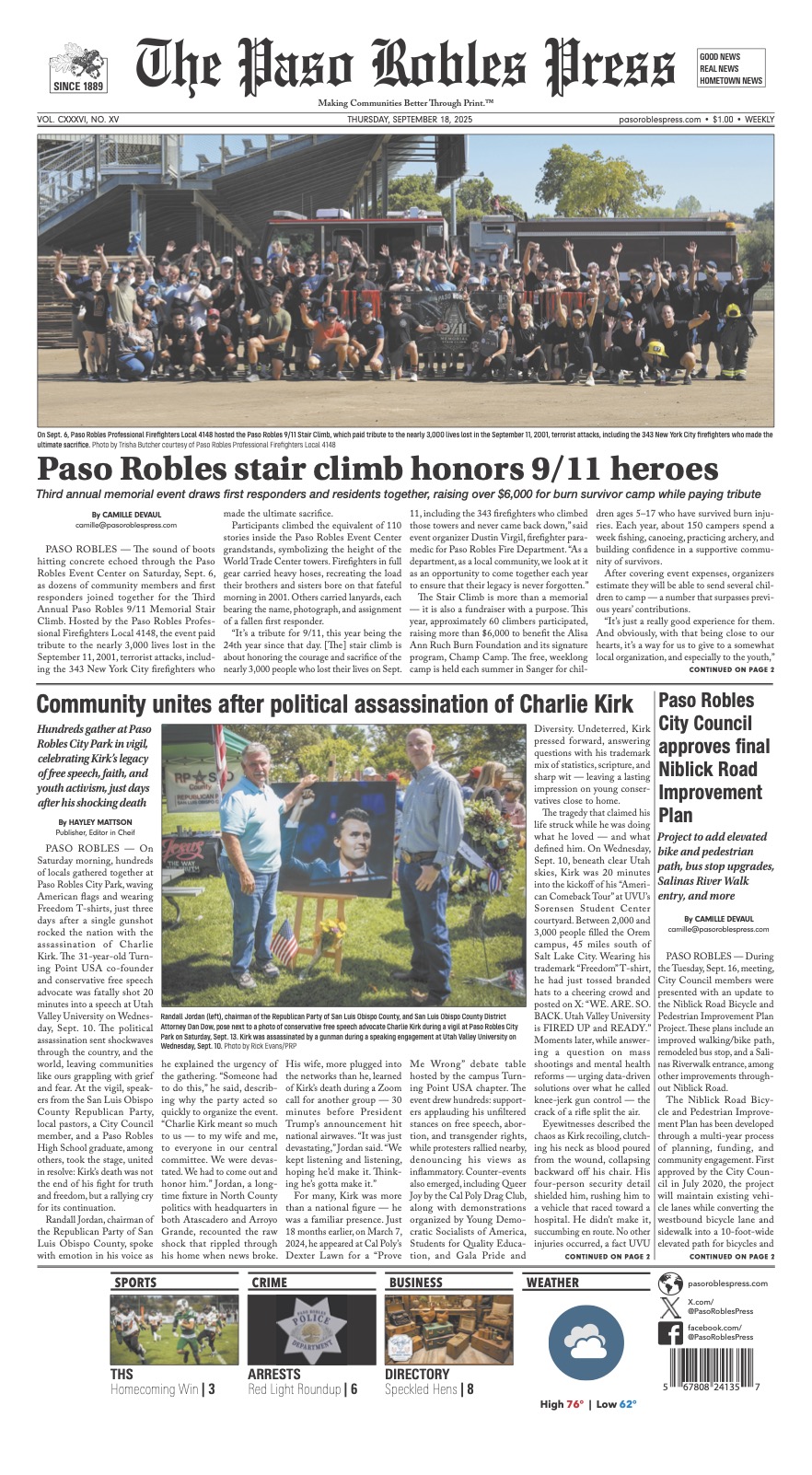Supervisors to pursue county charter with sole purpose to allow voters to fill empty positions
SAN LUIS OBISPO COUNTY — During a special meeting called on April 5, the San Luis Obispo County Board of Supervisors voted to move forward on establishing a charter with the purpose of requiring any midterm vacancies to be elected by county voters.
The subject of filling board vacancies came up during the board’s regular meeting on Feb. 15, when supervisors considered various options and directed staff to draft a charter where vacancies in any elected office are to be filled by election where the remaining term of office is 180 days or more.
The current county policy is for board vacancies to be filled via appointment by the governor of California or the board. District 3 Supervisor Dawn Ortiz-Legg was appointed to the board by Gov. Gavin Newsom in November 2020 after the death of previous Supervisor Adam Hill.
To begin the meeting, Assistant County Counsel Jon Ansolabehere outlined the process of adopting a charter and establishing a policy of filling a vacancy with an election.
He said the deadline for the supervisors to put a measure on the November ballot for establishment of a county charter was June 21, and estimated the cost to submit a charter to voters to be $353,000.
Ansolabehere also estimated the coat of a special election to be $354,000 (for a supervisor’s seat) and $1 million (for a countywide election). If the election was able to be consolidated with a general election, he said the costs would be between $66,500 and $313,000, respectively.
Included in Ansolabehere’s presentation was an alternative policy for special elections to be called if the vacancy occurs 365 days or more from the end of the term (instead of 180 days).
After the presentation, 1st District Supervisor John Peschong wanted to confirm that the supervisors were seeking to establish the charter only for elections, with Ansolabehere agreeing that was the case.
During public comment, most of the speakers were in favor of having elections to pick vacancies, but were concerned about other aspects of having the charter.
“The electorate should be the ones choosing who will fill the vacancy,” said Sara Sims, who lives in the 2nd District. “I am concerned about changing our county from general law to a charter county as it opens the door to unlimited amendments.”
Many other speakers agreed with that sentiment. Earlier, Cindy Murr has called the idea of a charter a “two-edged sword.”
Another recurring theme in public comment was that, along with the charter, the supervisors should also established an independent redistricting commission.
Patricia Gomez, a member of the group San Luis Obispo County Citizens for Good Government, was one who backed the idea.
“Independent Redistricting Commissions are not a new concept,” she said. “They exist because they work and they give voice to citizens.”
After public comment, the board seemed ready to go forward with the 365-or-more standard in determining an election, with an election being called in 30 days or less, not 60. The one aspect up for debate was on what to do if the vacancy happens in less than 365 days.
Arnold proposed to keep the vacancy open until the next general election, despite Gibson’s objection to holding the vacancy open so long.
Gibson and Ortiz Legg were in agreement with establishing a independent redistricting board.
“The redistricting commission is critical,” Ortiz Legg said. “It’s the only way we can avoid gerrymandering.”
However, that view met with opposition with the other board members.
“I’m against passing our job off to people who haven’t been elected,” Arnold said. “I think we’re capable of doing this job; if we’re elected by our constituents, then they have the confidence we can do this job.”
Gibson motioned for the establishment of an independent redistricting commission, but it was rejected 3-2, with only he and Ortiz-Legg voting for it.
The board then voted 3-2 (with Gibson and Ortiz Legg dissenting) to move ahead with the charter, with the last day to submit charter being June 21.
The board will revisit the topic at the May 17 regular meeting.















